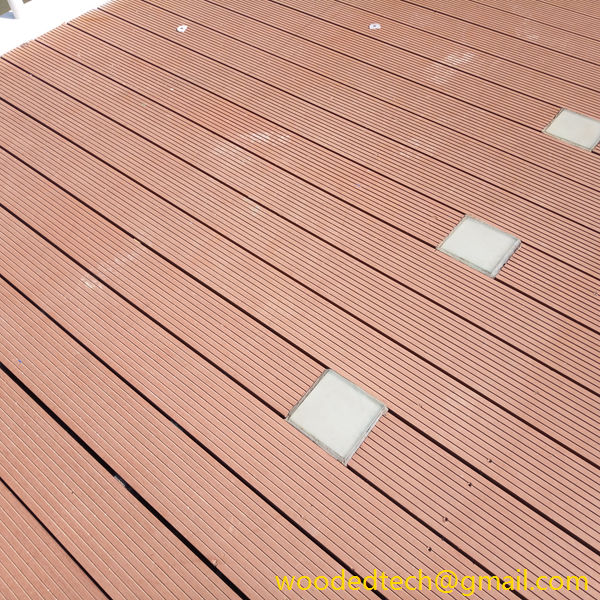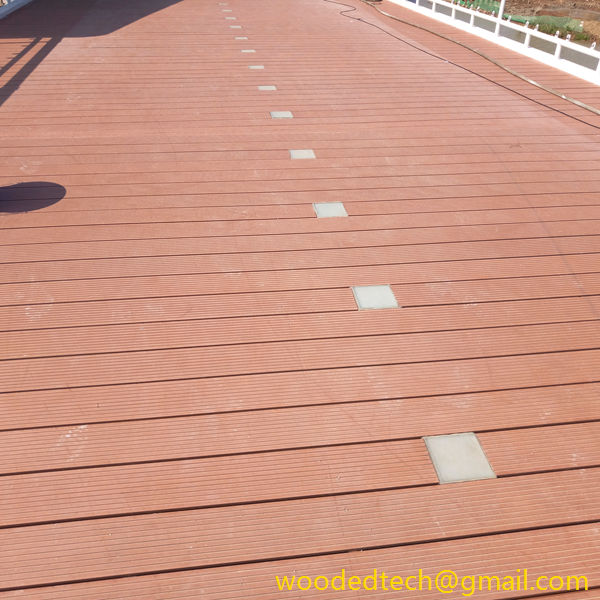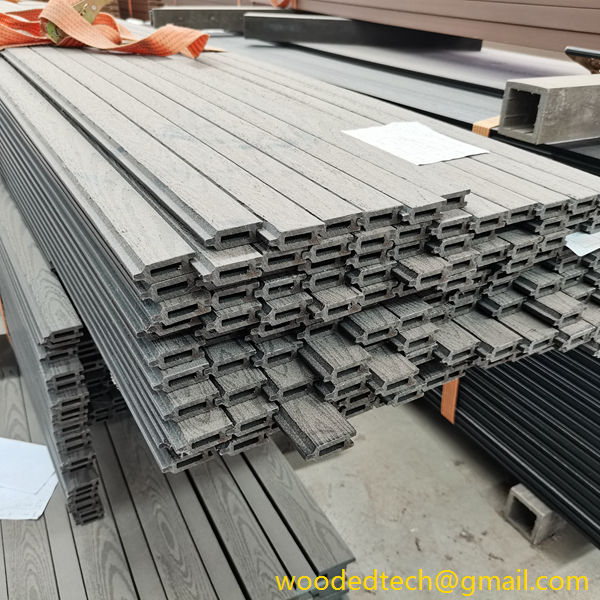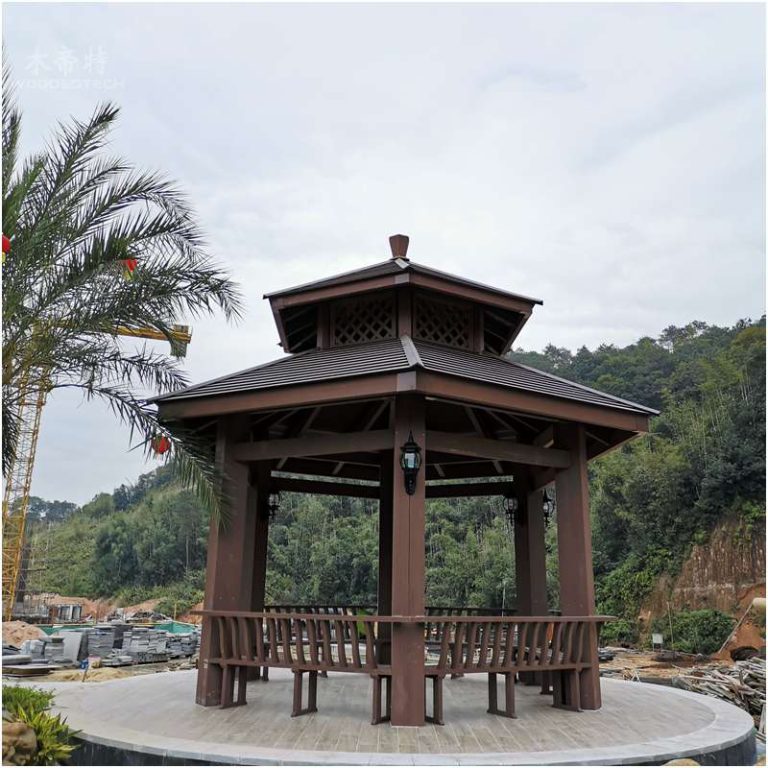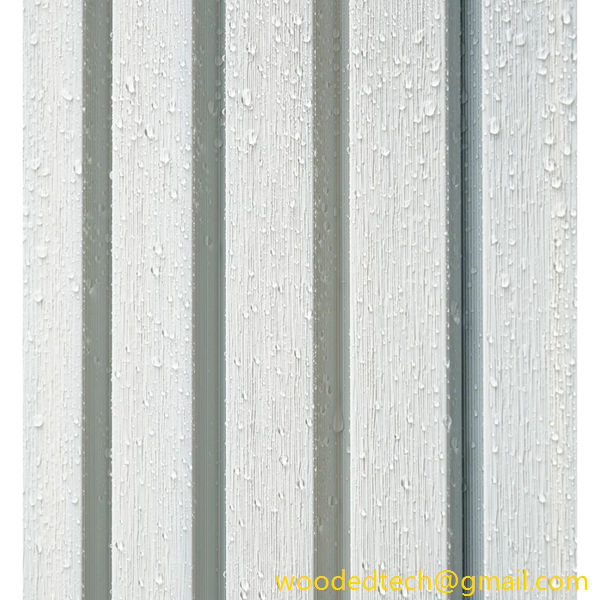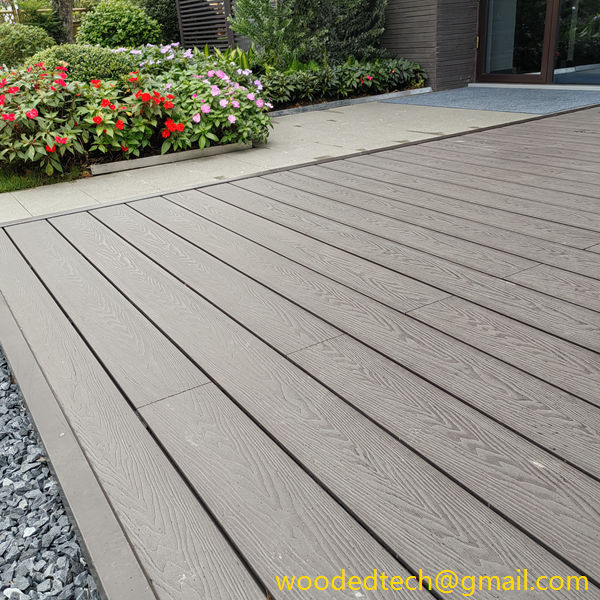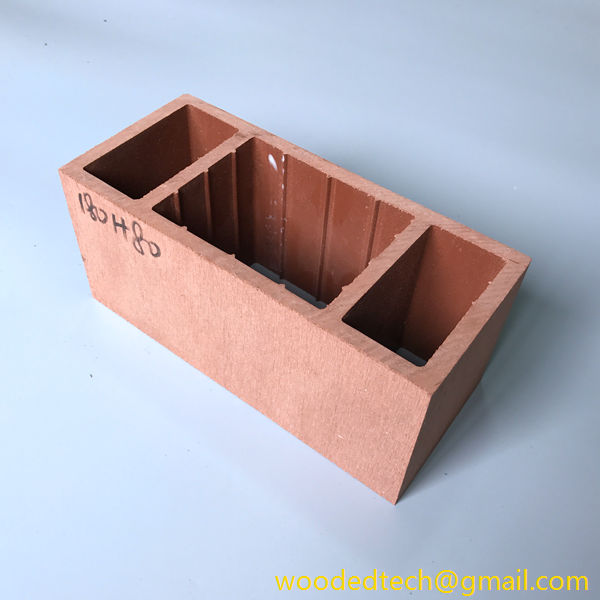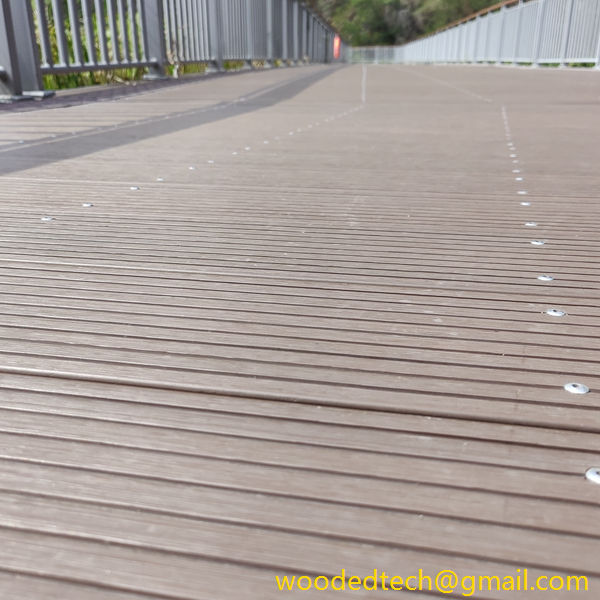Evaluating Composite Wood Decking Price for Your Budget
Evaluating Composite Wood Decking Price for Your Budget When considering the installation of a new deck, one of the most significant factors to evaluate is the cost of materials. Composite wood decking has gained popularity due to its durability, low maintenance requirements, and aesthetic appeal. However, understanding the price of composite wood decking and how…
Evaluating Composite Wood Decking Price for Your Budget
When considering the installation of a new deck, one of the most significant factors to evaluate is the cost of materials. Composite wood decking has gained popularity due to its durability, low maintenance requirements, and aesthetic appeal. However, understanding the price of composite wood decking and how it fits into your budget is essential for making an informed decision.
Composite wood decking is made from a mixture of wood fibers and plastic, resulting in a material that mimics the look of natural wood while providing enhanced performance characteristics. This unique combination offers several advantages over traditional lumber, including resistance to rot, insects, and fading. However, these benefits often come with a higher price tag, making it crucial to evaluate whether composite decking aligns with your financial plan.
To begin your assessment, it is important to gather information on the various types of composite decking available on the market. Prices can vary significantly depending on the brand, quality, and specific features of the product. High-end composite decking options often include additional enhancements, such as better color retention, UV resistance, and more realistic wood grain patterns. While these premium products can be more expensive, they may also provide a longer lifespan and require less maintenance, potentially saving you money in the long run.
Next, consider the overall cost of installation. While you may be tempted to focus solely on the price of the decking materials, it is essential to factor in labor costs as well. Installation costs can vary based on the complexity of the design, the size of the deck, and the contractor you choose. If you are considering a DIY approach, you may save on labor costs, but you will need to ensure that you have the necessary skills and tools to complete the project successfully.
Additionally, it is wise to calculate the total square footage of the area you plan to deck. Composite decking is typically sold by the square foot, so knowing the dimensions of your space will help you estimate the quantity of material needed. Be sure to account for waste and cuts, as this can affect the total amount you’ll need to purchase.
When evaluating the price of composite wood decking, it is also important to compare different brands and retailers. Prices can vary widely, so shopping around can help you find the best deal. Consider visiting local home improvement stores, specialty decking retailers, and online marketplaces to compare prices and offerings. Keep an eye out for seasonal sales or promotions, as these can significantly lower your overall costs.
In addition to the initial purchase price, consider the long-term costs associated with composite decking. One of the primary advantages of composite materials is their low maintenance requirements. Unlike traditional wood decking, which requires regular staining, sealing, and replacement of rotting boards, composite decking typically requires only occasional cleaning. This reduced need for maintenance can lead to significant savings over time, making composite wood decking a more cost-effective choice in the long run.
Another factor to consider is the environmental impact of your decking choice. Many composite decking products are made from recycled materials, which can contribute to a more sustainable building practice. If eco-friendliness is a priority for you, researching brands that prioritize sustainability may also influence your purchasing decision. While these products may come at a premium price, the environmental benefits could justify the additional cost.
Once you have gathered all this information, create a budget that outlines your maximum spending limit for the entire decking project. Be sure to include not only the cost of materials and installation but also any additional expenses that may arise, such as permits, landscaping, or lighting. Creating a comprehensive budget will help you avoid any unexpected financial surprises during the project.
Lastly, consider the potential return on investment (ROI) that composite decking can offer. If you plan to sell your home in the future, a well-constructed and visually appealing deck can increase your property’s value. Composite decking is often viewed favorably by potential buyers due to its durability and low maintenance requirements. Therefore, investing in composite wood decking could pay off when it comes time to sell your home.
In conclusion, evaluating the price of composite wood decking involves more than just looking at the initial material costs. It requires a thorough understanding of installation expenses, long-term maintenance savings, brand comparisons, environmental considerations, and potential ROI. By taking the time to gather information and create a detailed budget, you can make a well-informed decision that aligns with your financial goals while enhancing your outdoor living space. Whether you choose composite decking for its performance, aesthetics, or sustainability, being mindful of your budget will help you achieve the best value for your investment.

